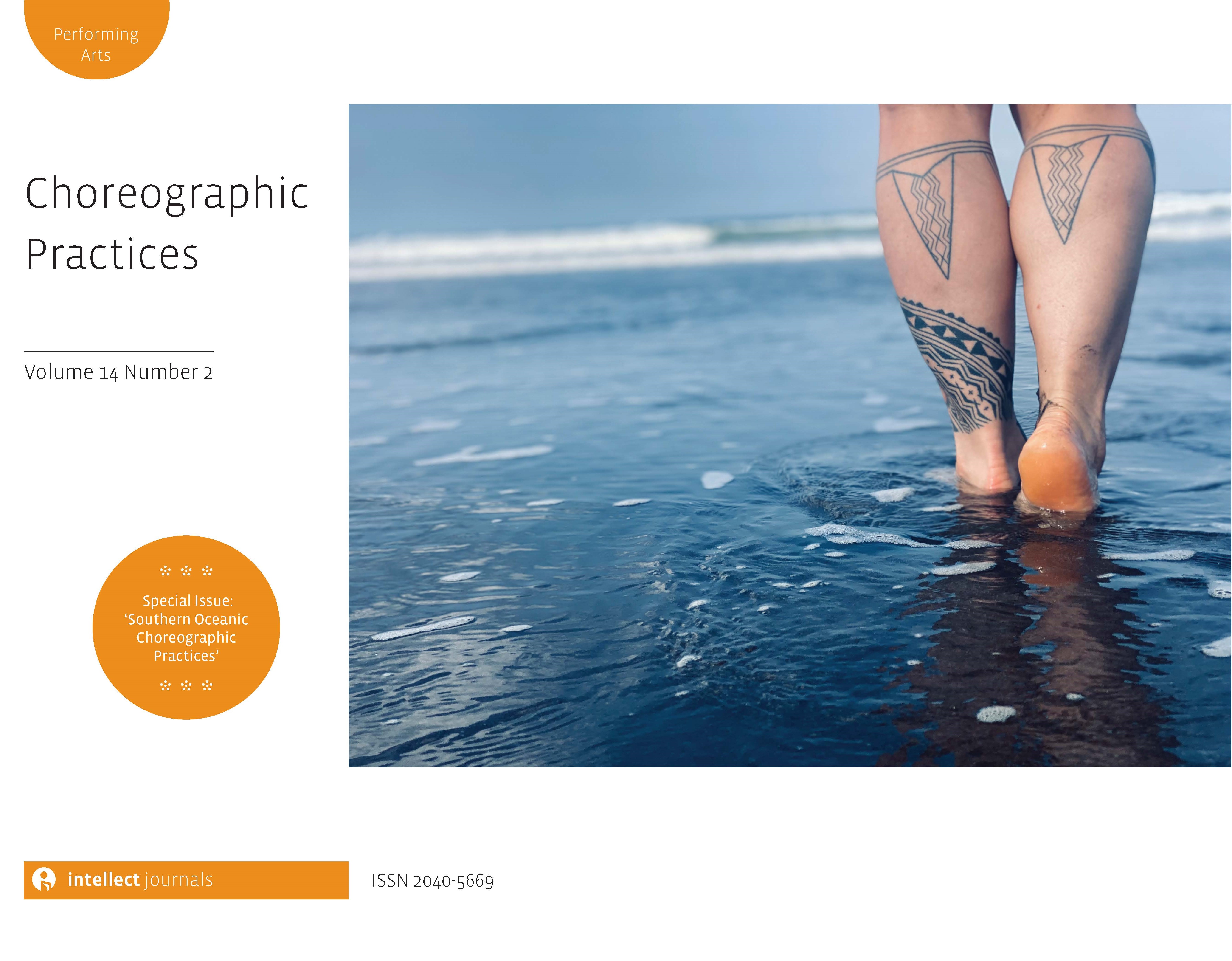
Full text loading...

Ori Paraparau | Body Conversations is an embodied talanoa that engages in a reciprocal and shared vā. Being both a choreographic movement task and Mana Moana methodology, Ori Paraparau allows Moana dancers to warm up their minds, bodies, and the vā they share with one another. The idea of ‘recentring’ ourselves (a similar philosophy to decolonizing) is strong here as it better reflects our hyphened identities and the way we view and experience the world. Within the task we can see our moving bodies as waka/vaka that holds our histories, stories and experiences but also link us back to our ancestors. Our Moana identities are complex and vary between person to person, experiences and stories of our whakapapa bringing us to where we are today. Themes of belonging, childhood memories, returning to self, and the complexities of individual Moana cultural identities are explored and investigated within a comfortable environment. Through engaging in Ori Paraparau we may share, exchange, dance, cry and laugh our way through it whilst also building, nurturing and strengthening the vā.

Article metrics loading...

Full text loading...
References


Data & Media loading...

Publication Date:
https://doi.org/10.1386/chor_00067_1 Published content will be available immediately after check-out or when it is released in case of a pre-order. Please make sure to be logged in to see all available purchase options.